Home>Gardening & Outdoor>Plant Care & Gardening Tips>What To Mix With Wildflower Honey Mead
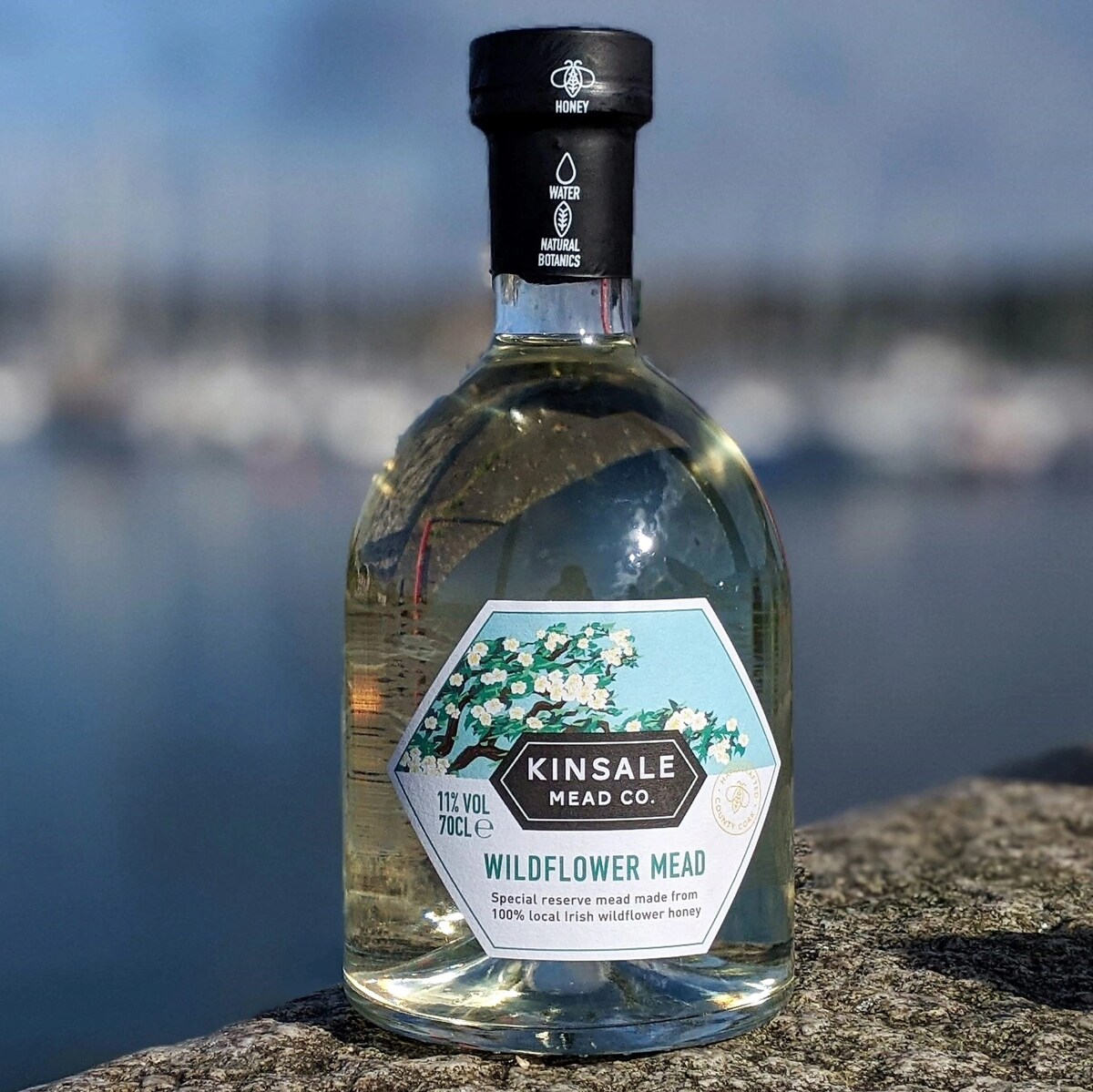

Plant Care & Gardening Tips
What To Mix With Wildflower Honey Mead
Published: December 24, 2023
Discover the best ingredients to mix with wildflower honey mead for a delightful and unique taste. Get expert plant care and gardening tips for your mead-making journey.
(Many of the links in this article redirect to a specific reviewed product. Your purchase of these products through affiliate links helps to generate commission for Storables.com, at no extra cost. Learn more)
Introduction
Welcome to the delightful world of mead-making, where the ancient craft of fermenting honey into a delicious beverage meets the modern-day creativity of flavor infusion. Wildflower honey mead, with its rich and complex flavor profile, serves as an excellent base for experimenting with a variety of complementary ingredients. Whether you’re a seasoned mead enthusiast or a curious beginner, the possibilities for enhancing wildflower honey mead are as vast as the blooms in a meadow.
When it comes to mixing wildflower honey mead, the choices are nearly endless. From traditional ingredients like fruits and herbs to innovative additions such as spices and other sweeteners, each element contributes its own unique essence to the final brew. By understanding the characteristics of different additives and how they interact with the natural sweetness of wildflower honey, you can craft mead that tantalizes the taste buds and evokes a sense of wonder.
In this guide, we’ll explore a range of ingredients that can be mixed with wildflower honey mead, offering insights into their flavors, aromas, and potential combinations. Whether you’re aiming for a subtly nuanced mead or a boldly flavored concoction, the following ingredients provide a palette of possibilities to elevate your mead-making journey.
Key Takeaways:
- Experiment with fruits, berries, herbs, and spices to enhance the flavor of wildflower honey mead, creating a symphony of tastes and aromas that tantalize the senses.
- Embrace creativity and curiosity in mead-making, blending traditional and innovative ingredients to craft meads that celebrate nature’s bounty and inspire endless delight.
Read more: What Is Wildflower Honey
Traditional Ingredients for Wildflower Honey Mead
Before delving into the realm of experimental infusions, it’s essential to appreciate the traditional ingredients that have long been cherished in the art of mead-making. These foundational elements not only complement the natural sweetness of wildflower honey but also contribute to the depth and character of the final brew.
Water: The primary foundation of any mead, water serves as the canvas upon which the flavors and aromas of the other ingredients unfold. High-quality water, free from impurities and off-flavors, is crucial for producing a clean and balanced mead.
Yeast: Responsible for fermenting the sugars in the honey, yeast plays a pivotal role in mead-making. Different yeast strains can impart varying levels of sweetness and alcohol content, influencing the overall character of the mead.
Wildflower Honey: As the star of the show, wildflower honey infuses the mead with its distinct floral notes and nuanced sweetness. The choice of honey can greatly influence the flavor profile, with wildflower honey offering a rich and diverse taste derived from the nectar of various blossoms.
Yeast Nutrients: To support healthy yeast fermentation, nutrients such as diammonium phosphate (DAP) and yeast energizer are often added to the mead mixture. These supplements help ensure a complete and consistent fermentation process, resulting in a well-balanced final product.
By honoring these traditional ingredients and understanding their roles in the mead-making process, you can lay a solid foundation for incorporating additional components that enhance and elevate the flavor profile of wildflower honey mead.
Fruits and Berries
When it comes to infusing wildflower honey mead with vibrant flavors and enticing aromas, fruits and berries stand as perennial favorites among mead enthusiasts. Whether fresh, frozen, or dried, these natural additions have the power to impart a spectrum of tastes, from lusciously sweet to tantalizingly tart, while contributing a delightful hue to the mead.
Berries: The inclusion of berries such as raspberries, blackberries, and blueberries can imbue the mead with a burst of fruity richness, often accompanied by a subtle tartness. These berries not only infuse the mead with their distinct flavors but also lend captivating colors, ranging from deep purples to vibrant reds, creating visually alluring brews.
Stone Fruits: Fleshy stone fruits like peaches, apricots, and cherries bring a luscious sweetness and a hint of floral aroma to wildflower honey mead. Their juicy, succulent nature can add depth and complexity to the mead, offering a delightful contrast to the honey’s natural sweetness.
Citrus Fruits: The zesty essence of citrus fruits, including oranges, lemons, and limes, can infuse the mead with a refreshing brightness, balancing the richness of the honey. The citrusy notes impart a lively and invigorating character to the mead, making it an ideal choice for warm-weather enjoyment.
Whether blended individually or combined in imaginative medleys, fruits and berries bring a symphony of flavors and aromas to wildflower honey mead, elevating its sensory appeal and offering a delightful exploration of nature’s bountiful harvest.
Try mixing wildflower honey mead with fruits like raspberries or peaches for a sweet and fruity flavor. You can also add spices like cinnamon or cloves for a warm and aromatic twist.
Herbs and Spices
Infusing wildflower honey mead with a medley of herbs and spices opens a world of aromatic possibilities, allowing for the creation of uniquely flavored brews that tantalize the senses. Whether seeking subtle botanical undertones or bold and exotic notes, the strategic inclusion of herbs and spices can transform a traditional mead into a captivating elixir.
Herbs: From the delicate floral whispers of lavender and chamomile to the earthy warmth of rosemary and thyme, herbs bring an herbaceous dimension to mead, imparting nuanced fragrances and subtle complexities. The gentle infusion of herbs can evoke a sense of tranquility and natural elegance, offering a harmonious balance to the sweet richness of wildflower honey.
Spices: The addition of spices such as cinnamon, cloves, and ginger can imbue wildflower honey mead with a tantalizing warmth and aromatic depth. These spices introduce a captivating interplay of flavors, from the comforting spice of cinnamon to the invigorating zest of ginger, creating a sensory journey with each sip.
Botanical Blends: Crafting bespoke blends of herbs and spices allows for the creation of meads that are as diverse as they are enchanting. Combining complementary elements such as lemongrass and cardamom or vanilla and star anise opens a realm of creative expression, inviting mead-makers to curate distinctive flavor profiles that reflect their unique vision.
By artfully intertwining herbs and spices with the inherent sweetness of wildflower honey, mead enthusiasts can craft libations that transcend the ordinary, offering a tapestry of flavors that dance upon the palate and linger in the memory.
Other Sweeteners
While wildflower honey provides a natural and luscious sweetness to mead, the exploration of alternative sweeteners can introduce intriguing dimensions of flavor and texture, offering a nuanced approach to crafting mead that resonates with diverse palates. From floral essences to rich syrups, these alternative sweeteners can harmonize with wildflower honey, creating a symphony of sweetness in the final brew.
Agave Nectar: Known for its mild and delicate sweetness, agave nectar can complement the floral notes of wildflower honey, adding a subtle and nuanced layer of sweetness to the mead. Its light viscosity and gentle flavor make it an ideal candidate for enhancing the overall balance of the brew.
Maple Syrup: Infusing mead with the rich, caramelized undertones of maple syrup introduces a warm and comforting sweetness, evoking images of cozy hearths and autumnal landscapes. The complex flavors of maple syrup can intertwine with the floral nuances of wildflower honey, creating a tapestry of indulgent sweetness.
Fruit Juices: Incorporating natural fruit juices such as apple, pear, or pomegranate can infuse the mead with a vibrant sweetness while contributing distinct fruit flavors. These juices not only add a touch of natural sweetness but also introduce a refreshing and lively character to the brew, perfect for quenching the thirst on a balmy day.
Floral Infusions: Delicate floral infusions, such as rose water or elderflower extract, can impart a fragrant sweetness to wildflower honey mead, evoking the essence of blooming gardens and sun-kissed petals. These infusions offer a whimsical and aromatic dimension to the mead, inviting the senses on a delightful journey of floral enchantment.
By exploring the diverse spectrum of alternative sweeteners, mead enthusiasts can expand their creative horizons, crafting libations that harmonize an array of sweet nuances with the natural allure of wildflower honey, resulting in meads that are as captivating as they are delectable.
Read more: What Is Wildflower Honey Good For?
Conclusion
Embarking on the journey of mixing wildflower honey mead opens a world of creative possibilities, where the marriage of traditional ingredients and innovative infusions yields libations that delight the senses and inspire the imagination. From the luscious sweetness of fruits and the aromatic allure of herbs to the comforting warmth of spices and the nuanced sweetness of alternative sweeteners, each element offers a unique contribution to the art of mead-making.
As you delve into the realm of mead experimentation, remember that the key to crafting exceptional meads lies in the artful balance and harmonious interplay of flavors. Whether seeking to create a mead that evokes the essence of a sun-dappled orchard or one that transports the senses to a fragrant herb garden, the careful selection and thoughtful combination of ingredients are paramount.
Furthermore, embracing the spirit of curiosity and exploration will undoubtedly lead to the discovery of new and captivating flavor profiles, each one a testament to the boundless creativity inherent in mead-making. Whether crafting mead for personal enjoyment, sharing with friends and family, or entering the realm of professional mead production, the journey of mixing wildflower honey mead is a voyage of endless discovery and delight.
So, raise a glass to the art of mead-making, where the fusion of wildflower honey and an array of complementary ingredients gives rise to libations that celebrate the beauty of nature and the ingenuity of the craft. May your mead-making endeavors be filled with inspiration, innovation, and, above all, the joy of crafting meads that enchant the palate and nourish the soul.
Frequently Asked Questions about What To Mix With Wildflower Honey Mead
Was this page helpful?
At Storables.com, we guarantee accurate and reliable information. Our content, validated by Expert Board Contributors, is crafted following stringent Editorial Policies. We're committed to providing you with well-researched, expert-backed insights for all your informational needs.
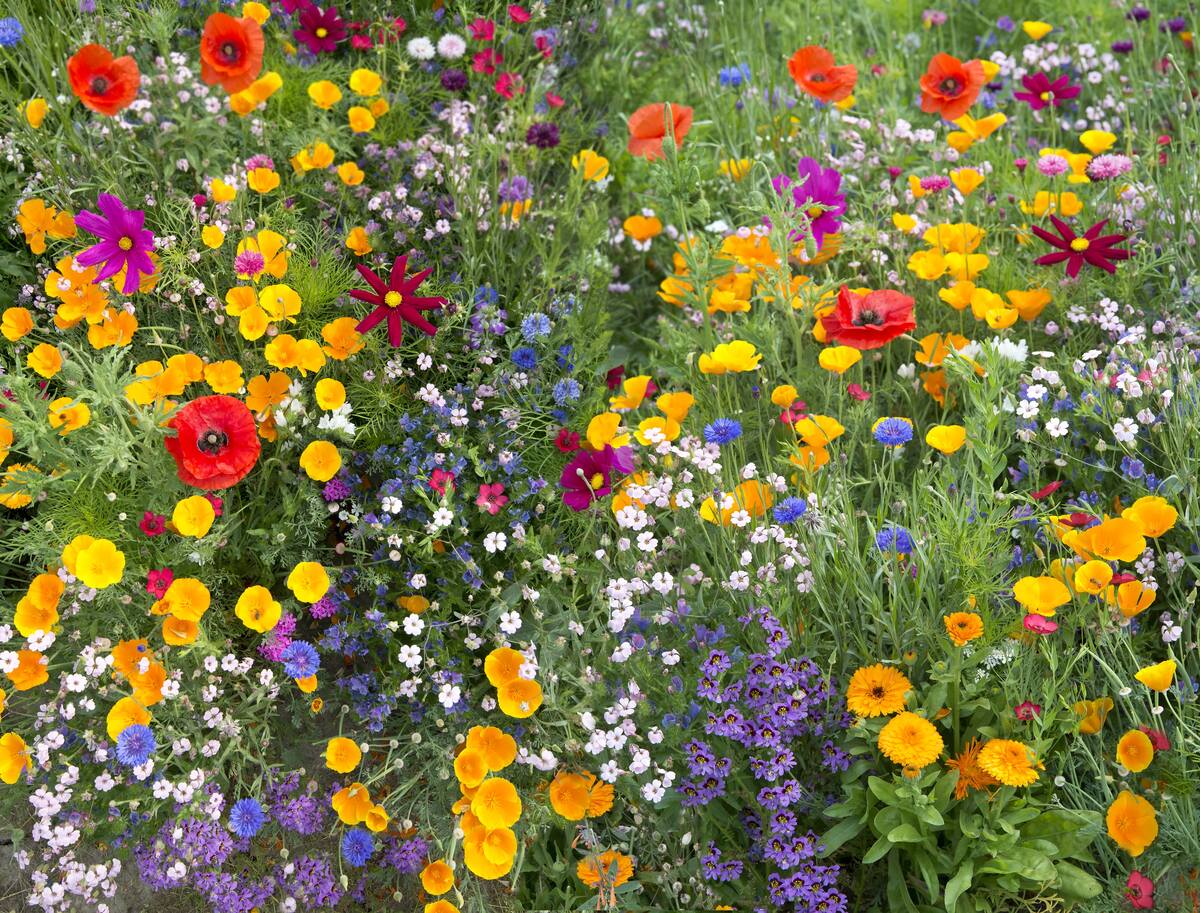
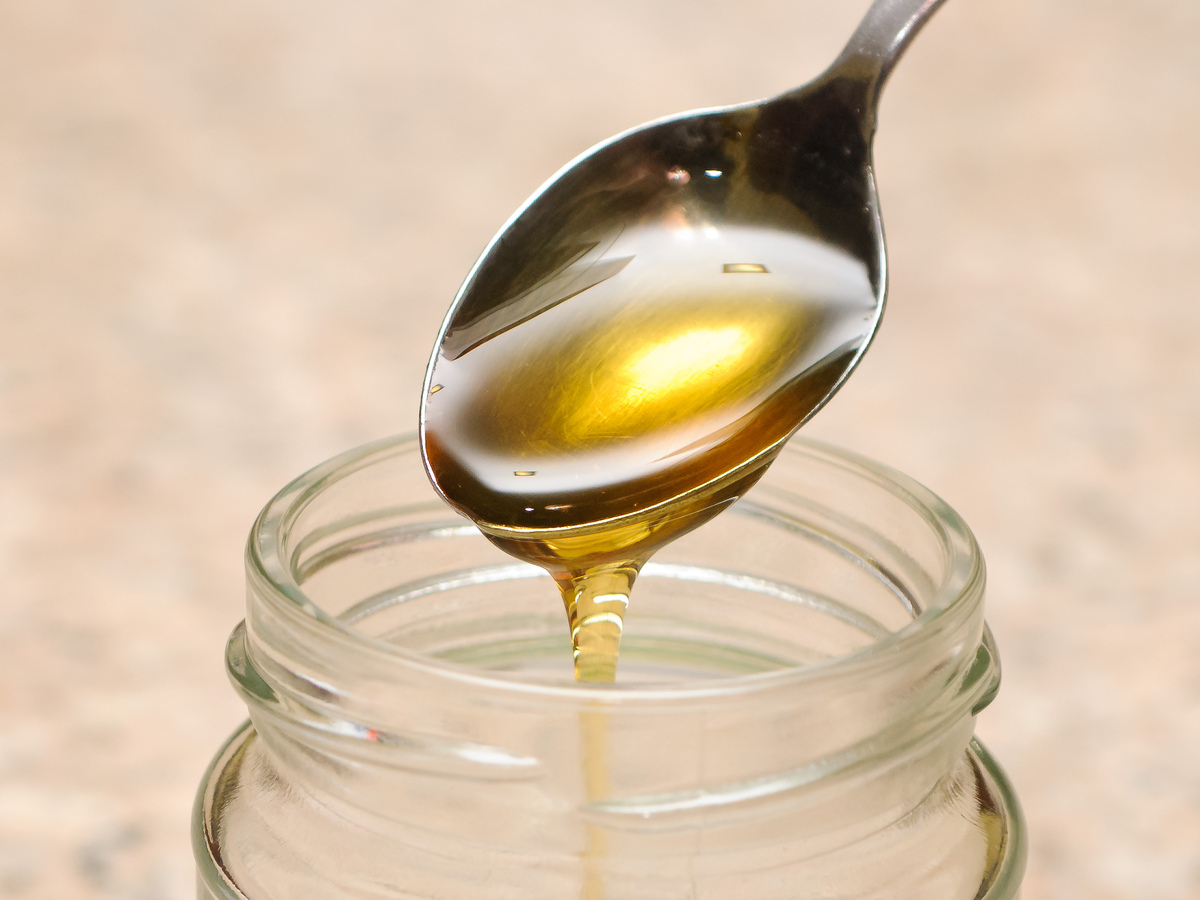
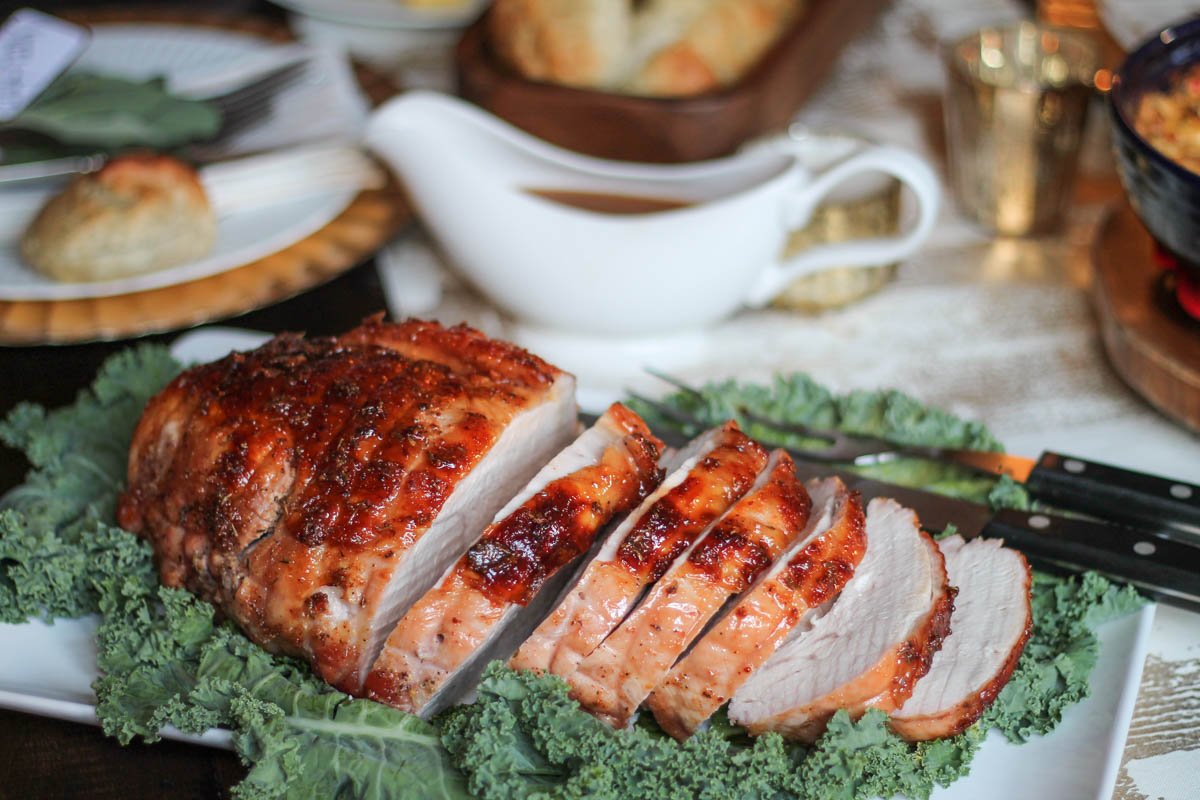
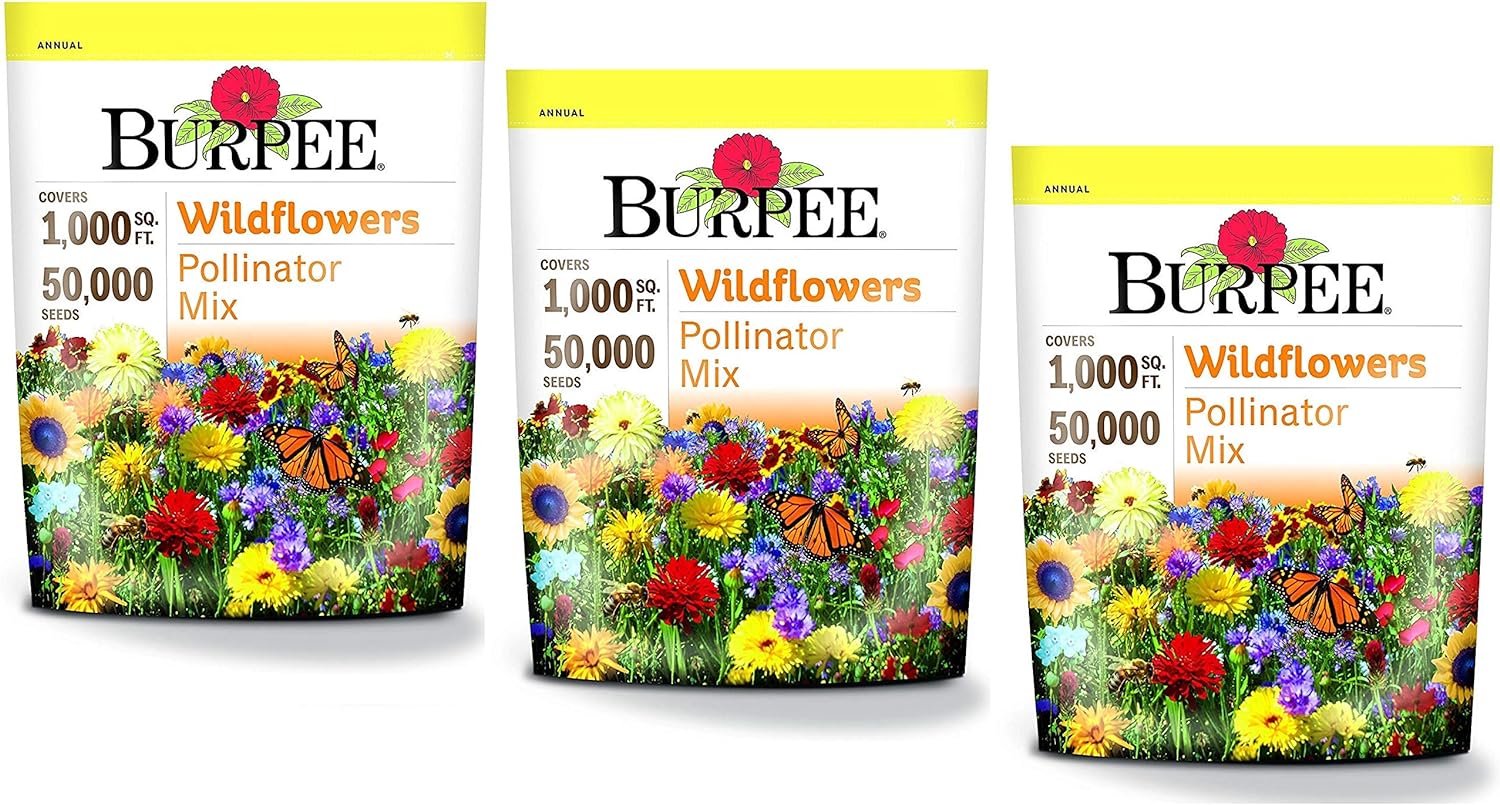
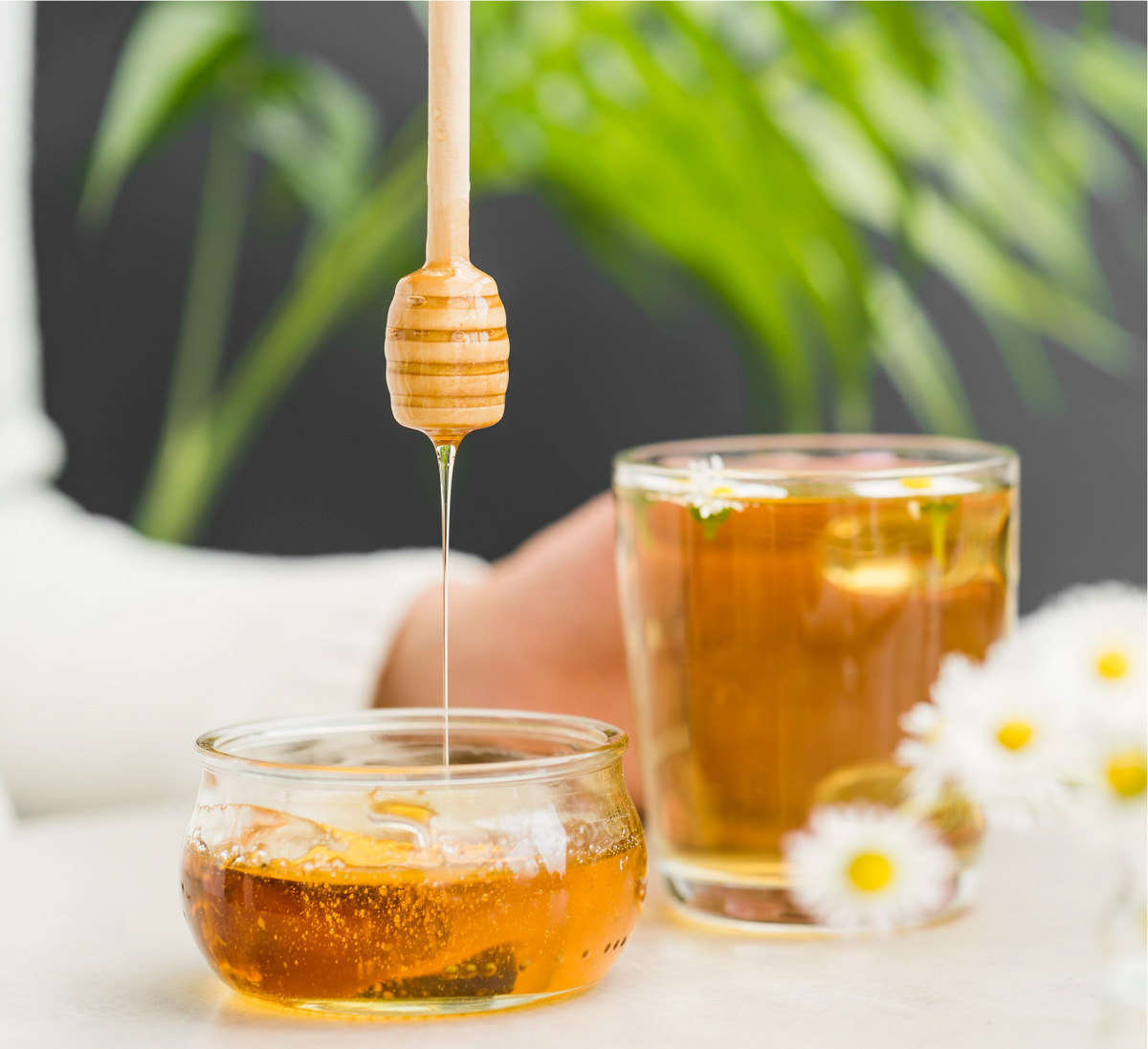
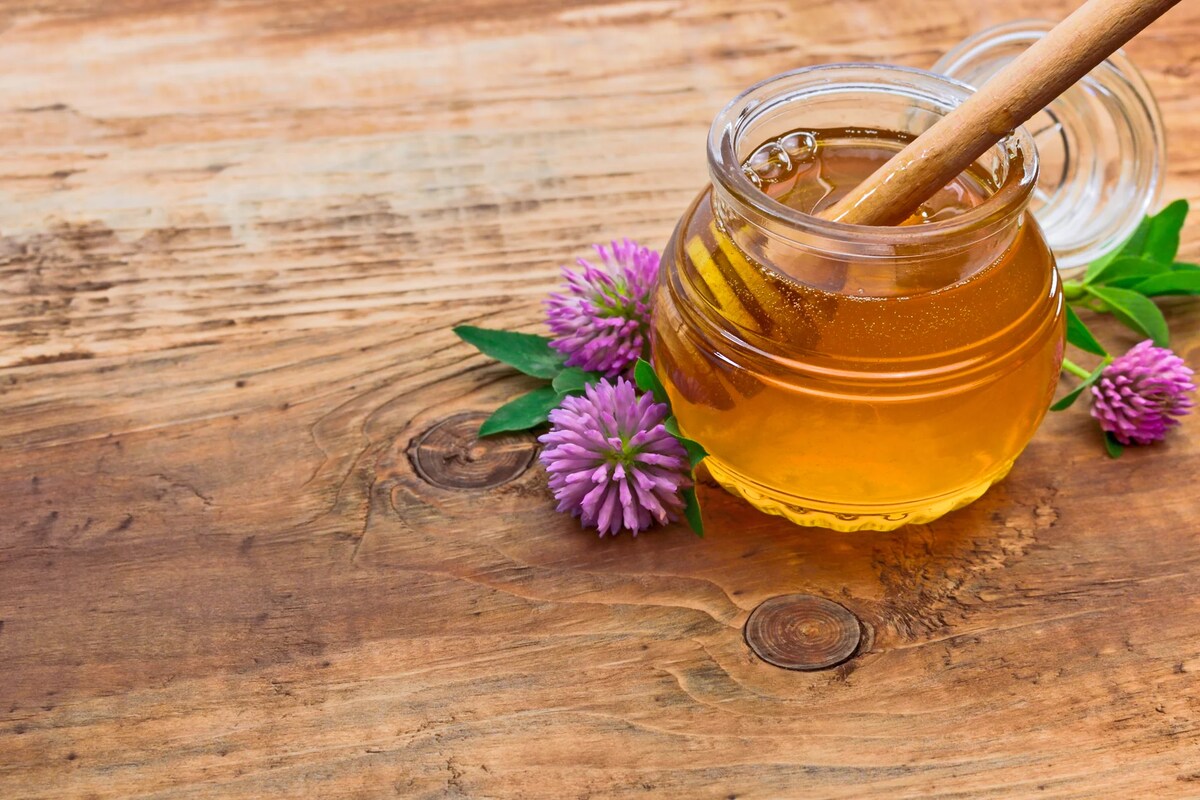
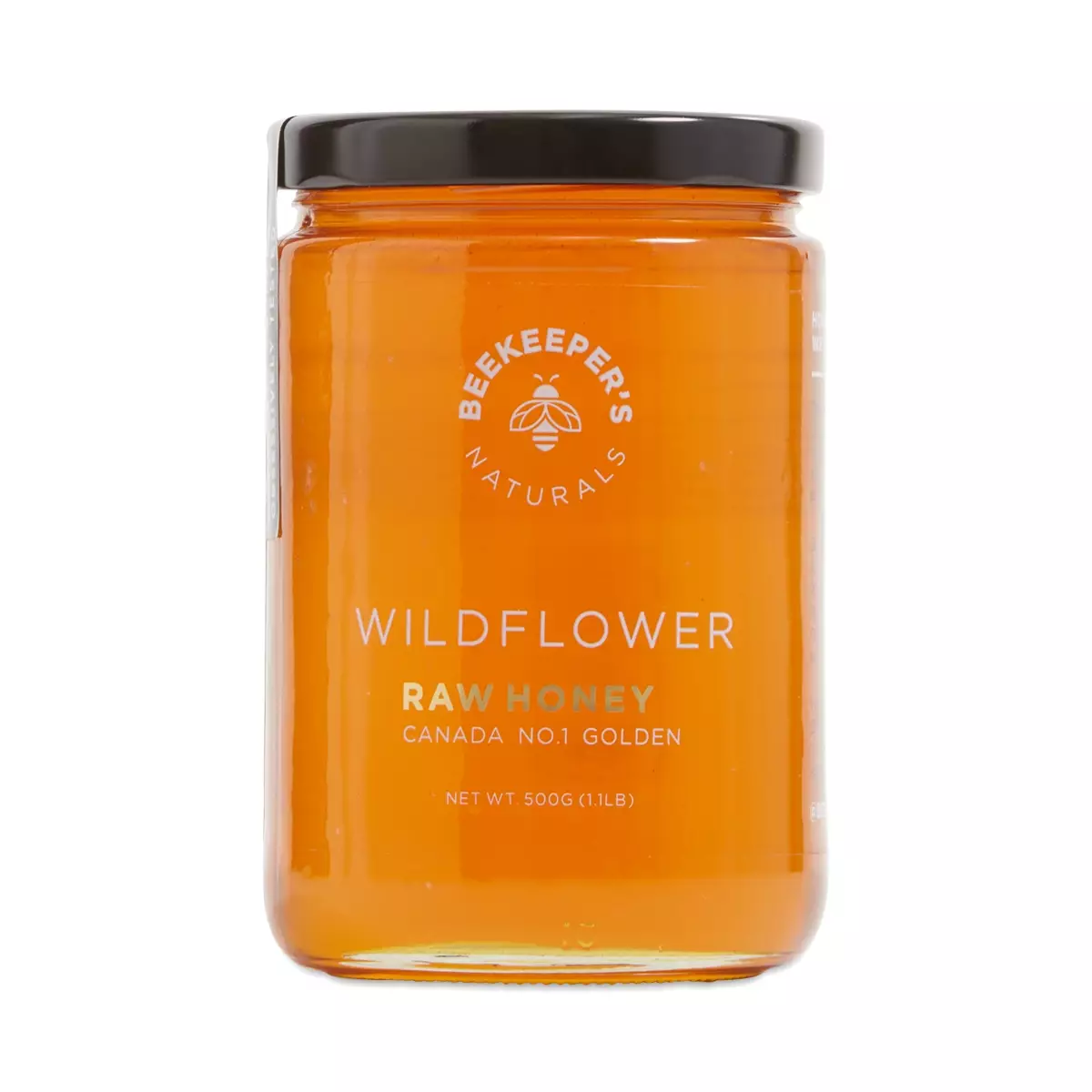
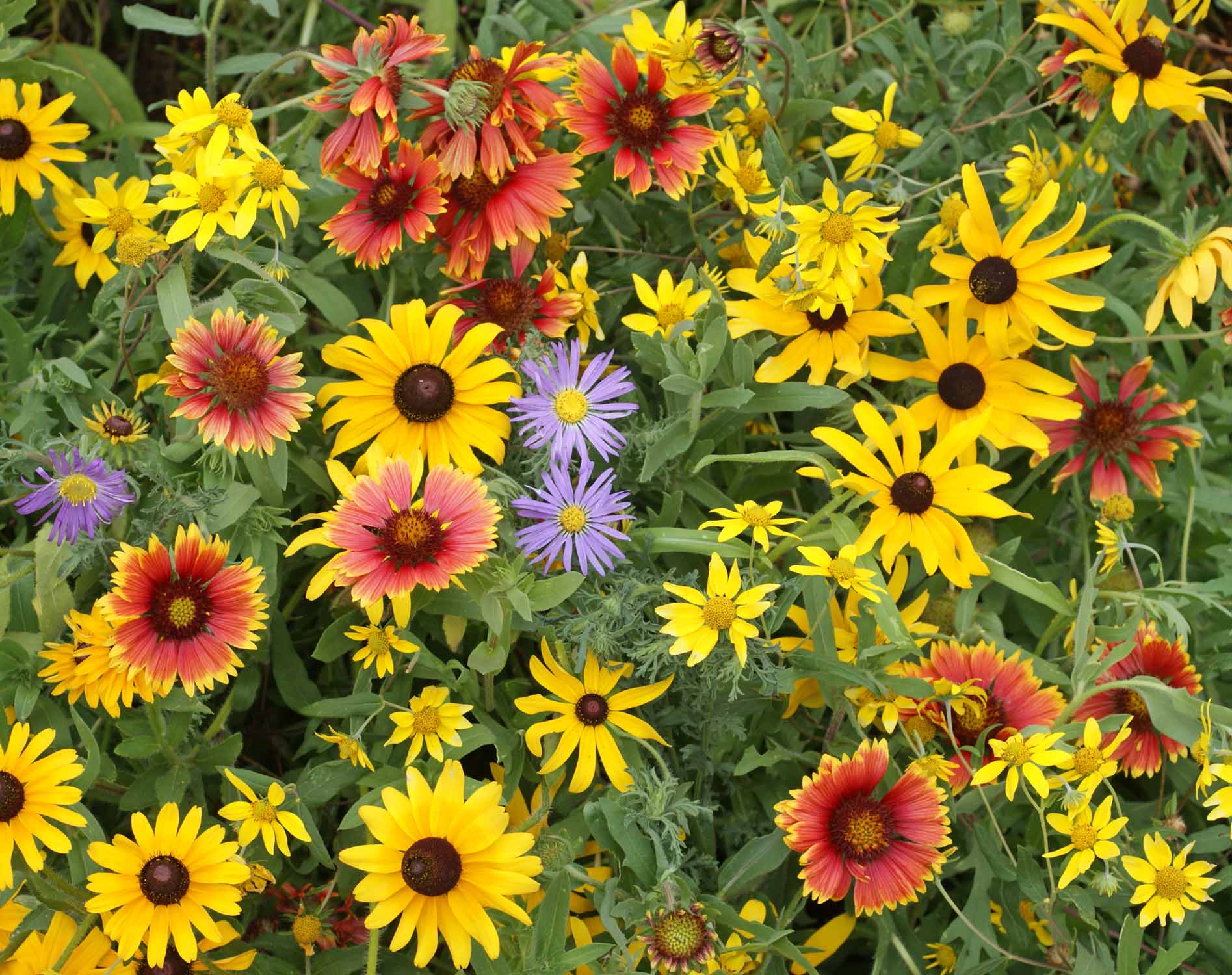
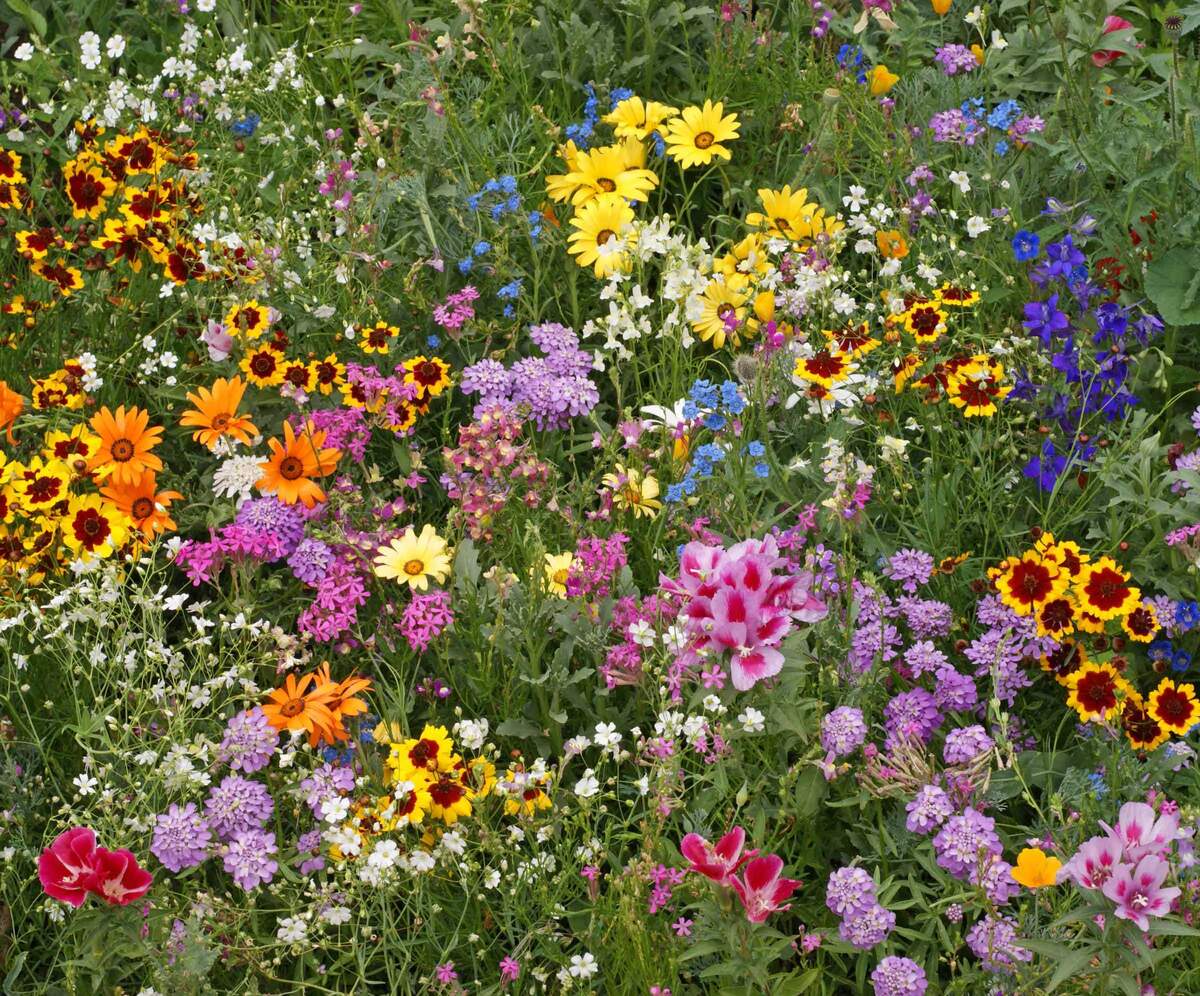
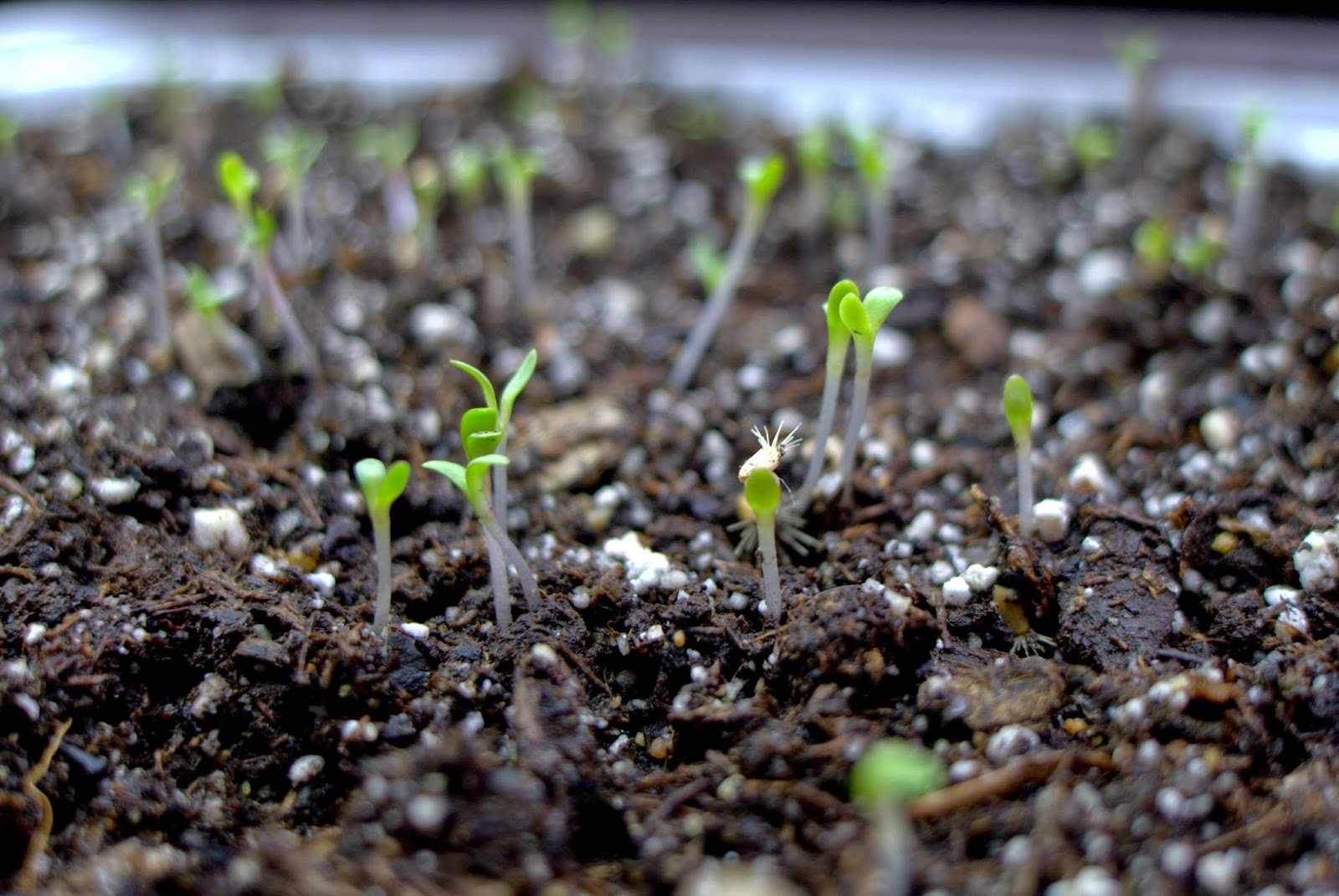
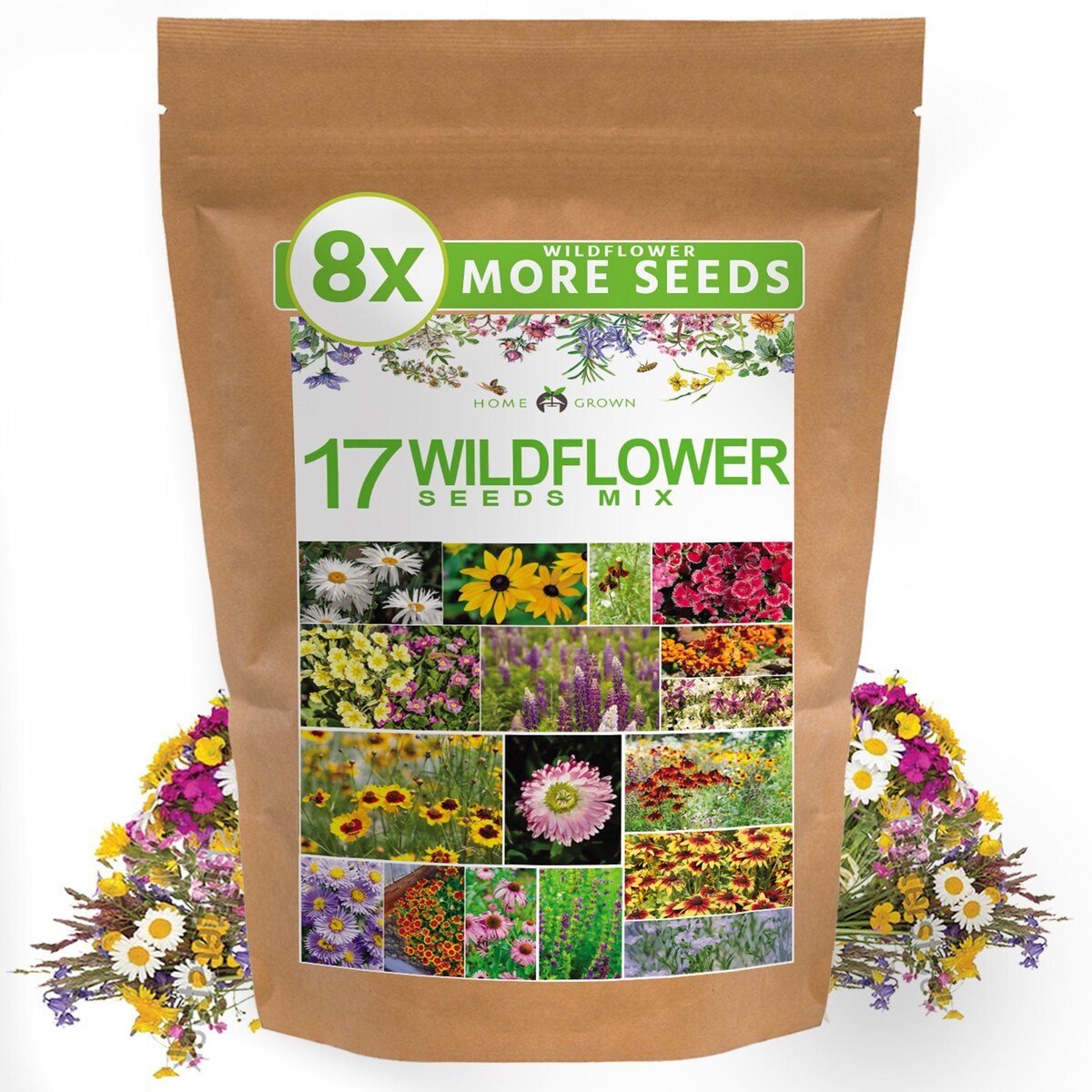
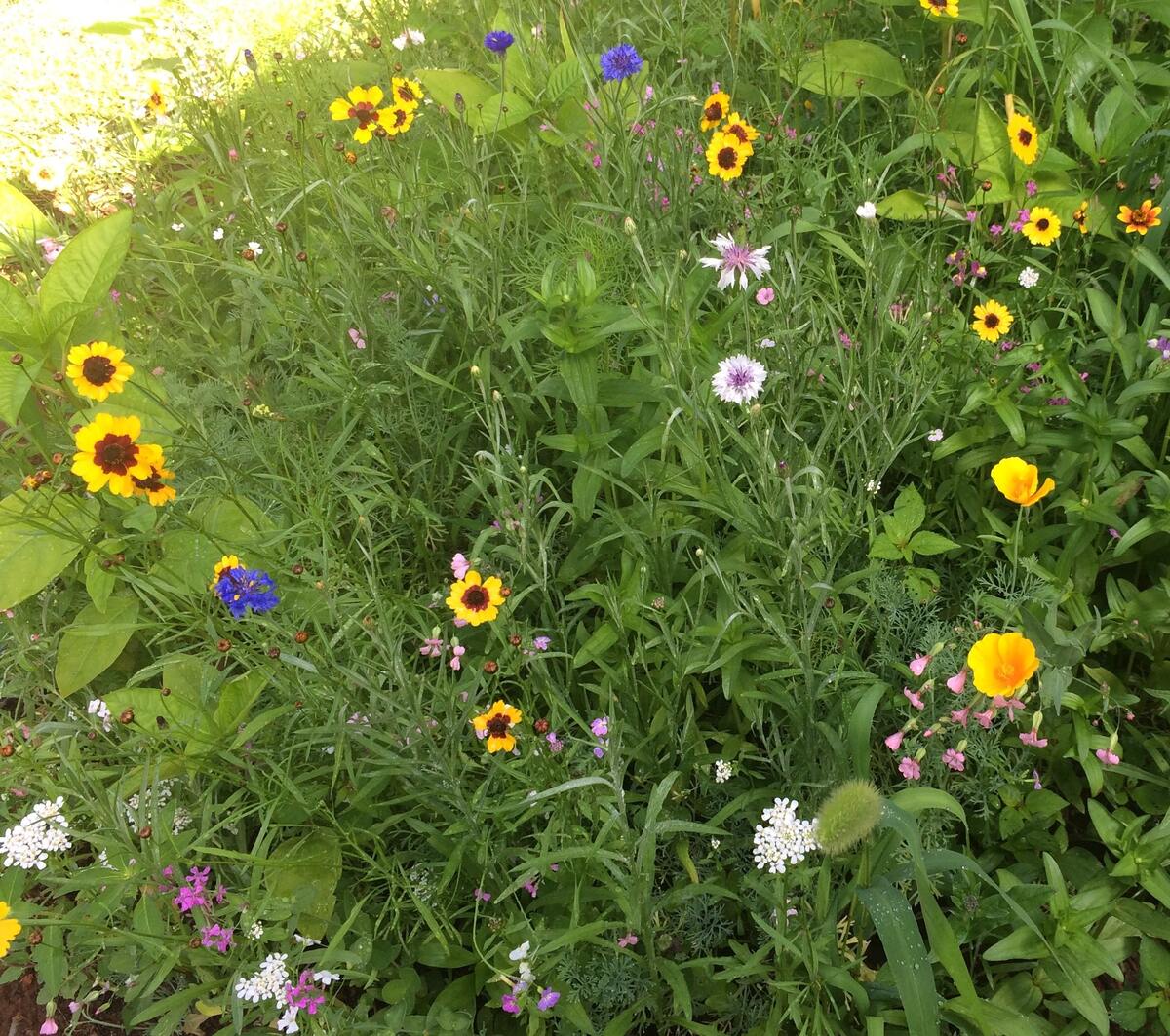
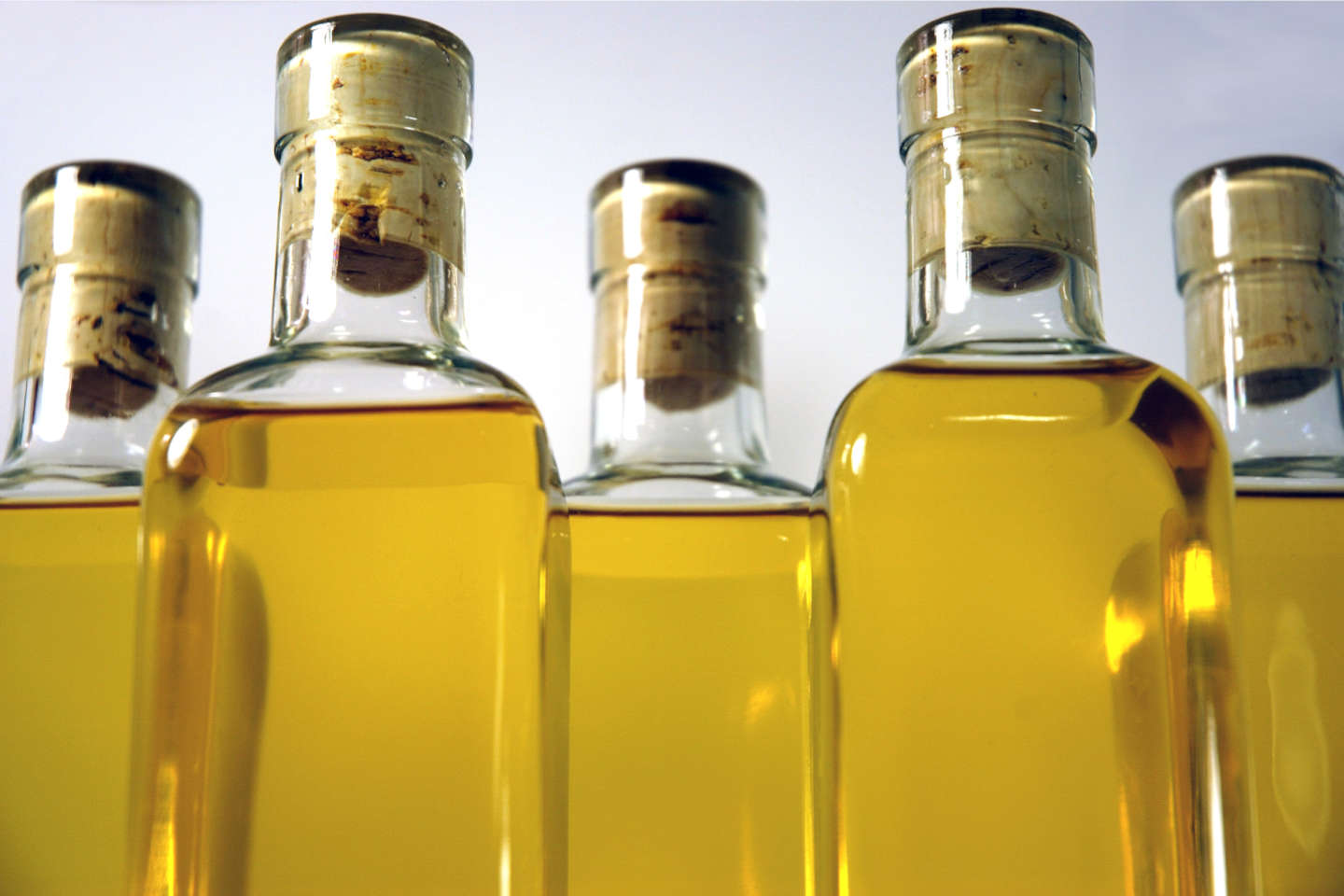
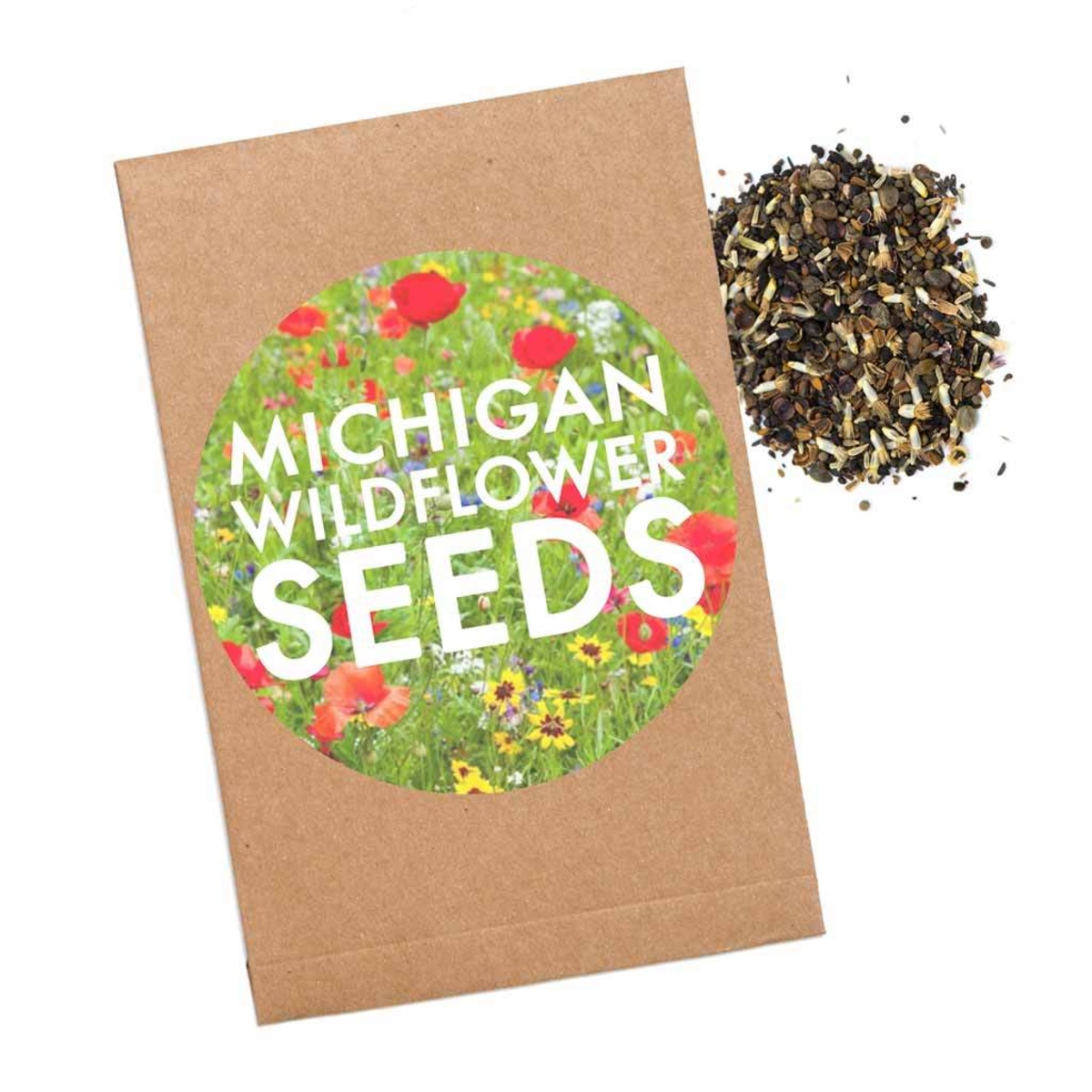

0 thoughts on “What To Mix With Wildflower Honey Mead”